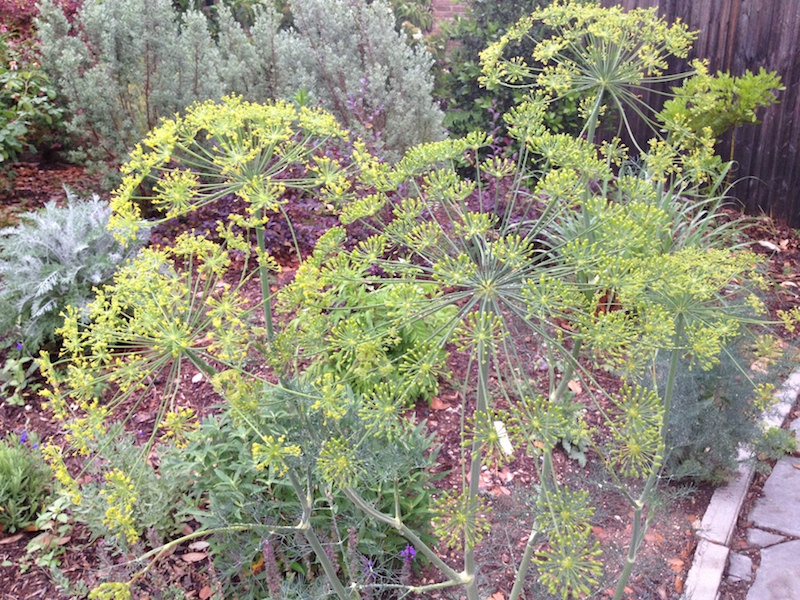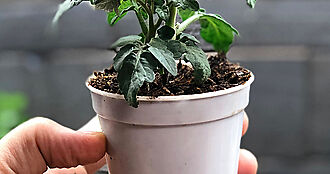Dill
Dill, Anethum
Dill leaves and seeds are probably best known for their use as pickling herbs, though they have a wide variety of other culinary uses.

Growing
Dill grows best in full sun but will tolerate some afternoon shade. The soil should be of poor to average fertility, moist and well drained.
Dill is grown as cool-season herb in Texas because it does not tolerate our summer heat. Plant it in fall. Harvest leaves fall through spring, and harvest seeds in late spring and early summer.
Tips
With its feathery leaves, dill is an attractive addition to a mixed perennial bed or border. It can be included in a vegetable garden but does well in any sunny location. It is excellent in containers.
Recommended
A. graveolens forms a clump of feathery foliage. Clusters of large, yellow flowers are borne at the tops of sturdy stems.
Features: feathery, edible foliage; large, yellow, spring flowers; edible seeds
Height: 24"–5'
Spread: 12" or more
Hardiness: frost-hardy, cool-season annual in Texas
Notes: Dill turns up frequently in historical records as both a culinary and medicinal herb. It was used by the Egyptians and Romans and is mentioned in the Bible.
Dill is a host plant for black swallowtail butterflies, so be sure to plant a few extra plants for your caterpillars.



